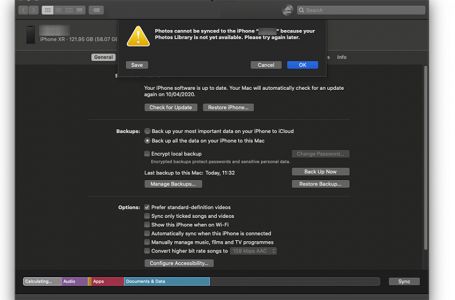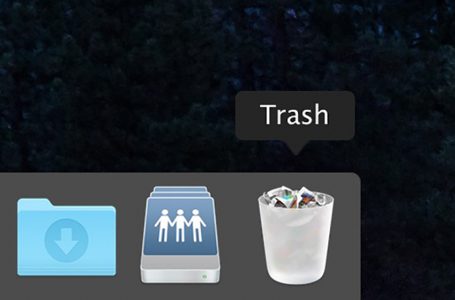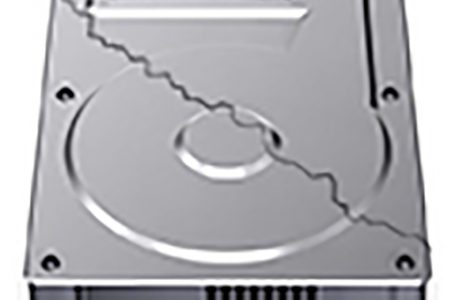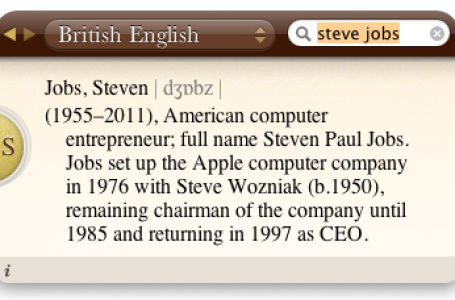Microsoft Office Live – The New Frontier?
07 November 2005, New York, In its latest bid to hedge its position as the global software incumbent Microsoft has announced that it will be offeringMicrosoft Office Live to help small and midsize businesses use and maintain the suite of software used for applications such as e-mail, scheduling, spreadsheets and word processing. Among some of the planned offerings would be the ability for customers to use word processors or other applications on the Internet and store documents on a secure website instead of on a PC drive.
Organisations that started business as search engine providers, Google and Yahoo, are now quickly evolving and branching out. Offering new services and solutions that truly empower the use and existence of the Internet beyond a fancy network of computers to exchange emails and put up impressive Web sites. All the while, slowly gnashing away at Microsoft’s bottom line as they plough their course down the virtual super highway.
But the course of the empowering end users through the marriage of low-end systems to the vastness of the Internet is not a new techno-zen philosophy. Along with other burgeoning organisations of its time, Steve Jobs beat the bushes to open this path as far back as 1998. Whether Apple takes up the gauntlet now, remains to be seen.
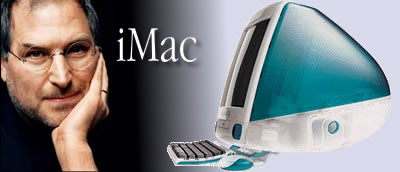 Upon Steve’s return to the helm of Apple, having suffered failure at its attempts to introduce Mac as a business machine, one of his main tasks was to find an angle to make the Mac relevant once again.
Upon Steve’s return to the helm of Apple, having suffered failure at its attempts to introduce Mac as a business machine, one of his main tasks was to find an angle to make the Mac relevant once again.
The vision was to empower thin clients with the Internet, making accessibility to the Internet seamless. Hence the abbreviation of “i” in most of Apple’s product offerings, embodying the ‘Internet” as part of the Mac system, beginning with the release of the 1998 iMac.
Apple has since made headway into making the marriage between the Internet and consumer systems a reality with the introduction of Apple’s .Mac, which was recently upgraded to a 1GB account. .Mac allows Mac users tosynchronise the contents of their iPhoto, iMovie, iCal, Address Book, Safari and Apple Mail applications with their .Mac account which is resident on Apple servers running at an undisclosed location/s. .Mac account holders are also given the option to upgrade their .Mac account to hold greater capacity.
Having a rather successful stint within the consumer arena, the question now is whether Apple will venture into the commercial market. Something that has always eluded Steve’s efforts and attempts. Whether at Apple or when he ran NeXt (sold to Apple in 1997) and Pixar. Although, Apple offers competitively priced hardware business solutions in the form of Apple’sXserve G5 and Xserve G5 RAID range coupled with the Xsan and Mac OS X Server software, it has yet to make an impact in the commercial market as a serious busines machine.
There are some Mac fans who would like to see Steve take another stab at it and give Windows a run for their money and this may be a reality given Mac’s joint venture with Intel to produce the next generation Mac systems due out in 2006. Promising faster Mac systems with lowered operating temperatures.
Nevertheless, the greatest barrier to entry is the wide application of customised Windows software that most companies apply in their businesses that don’t have an equivalent on a Mac.
However, with greater emphasis on low running costs and having learnt hard lessons signing up to go the SAP way; the use of open source software is on the rise. Dispensing the need for expensive, restrictive software packages that usually aren’t scalable in relation to the rapid evolution of the techno-business environment.
The rules of the game are changing. With corporations managing their bottom line closer than ever before, Linux servers are favoured over Windows-based rigs. Taking advantage of the lowered software running cost and a rock solid UNIX core. The slew of viruses and spyware that plague Windows leaving such a distaste among users, accounts for the biggest reason for Mac switchers. We are also beginning to see popular office and enterprise software appearing in Mac friendly formats, — Lotus Notes for Mac OS X from IBM. As Mac systems grow in ubiquity within the consumer market and exposure to Mac systems becomes more prolific, it is not unlikely to witness a lowered concern over change managementrequirements in switching over entire organisations to Mac.
Undoubtedly, this paves the way for Apple’s re-entry as a serious contender in the commercial market. During Apple’s initial attempts at grabbing the commercial market, the Apple Macintosh failed as a viable business machine owing to the lack of business application software complimenting its entry into the commercial market. The inclusion of iLife as, ‘part of the deal’ with new Mac purchases proves that Apple has learnt from its harsh lessons. Hopefully, we shan’t have to twiddle at thumbs at Windows for too long, before the guys (and girls) at Cupertino dazzles us again with office and enterprise suites that make the Mac a practical must-have in the commercial market. In addition, with .Mac as an established platform, Apple has the necessary experience in marrying the Mac to the Internet, possibly promising a future filled with online commerical Mac applications.
Like Microsoft’s latest attempt at offering online services, only time will tell whether this brave venture will be taken up by businesses at large. The question of sufficient network bandwidth and security issues represent a unique challenge for this latest endeavour. An office seeking to run Office Live might not only require fast Internet access but an overall fast internal office network bandwidth to support the increased traffic. To compound the issue further, the question of the degree of comfort businesses have in having their intellectual property residing on secure servers belonging to another organisation has yet to be answered.
With the future yet to unfold, its interesting to note that although we’ve strived so hard to move away from the traditional mainframe configuration, this latest shift using the Internet as a medium for localised thin clients to draw resources from servers represents a small step back into the mainframe era. The only difference being that, we may be sitting a whole lot further from the mainframe.






